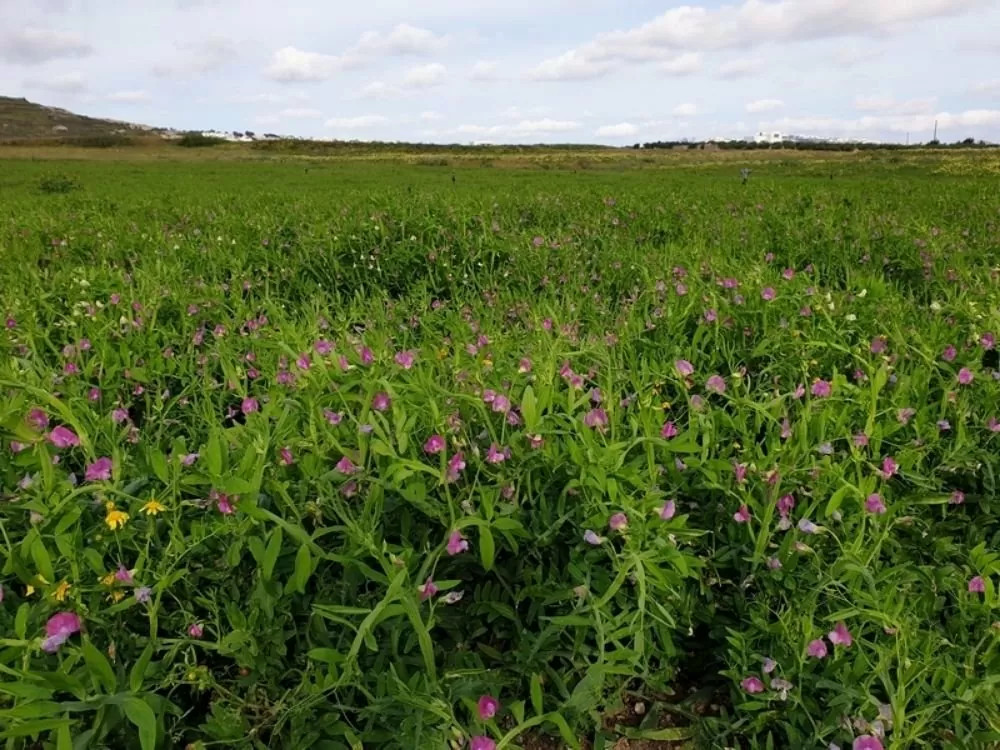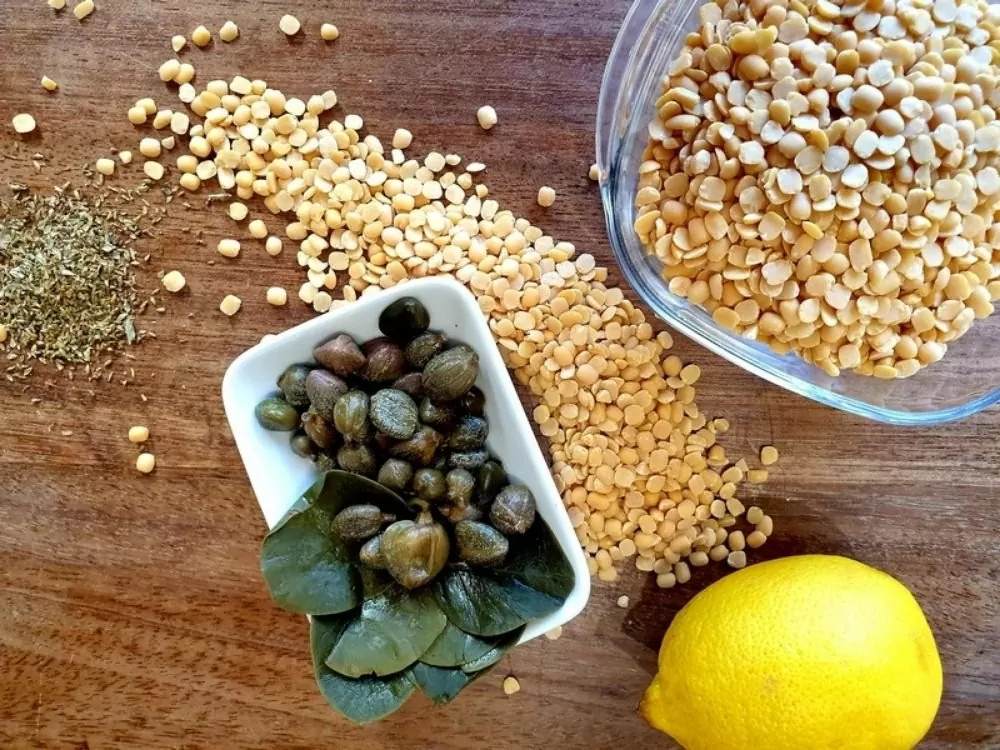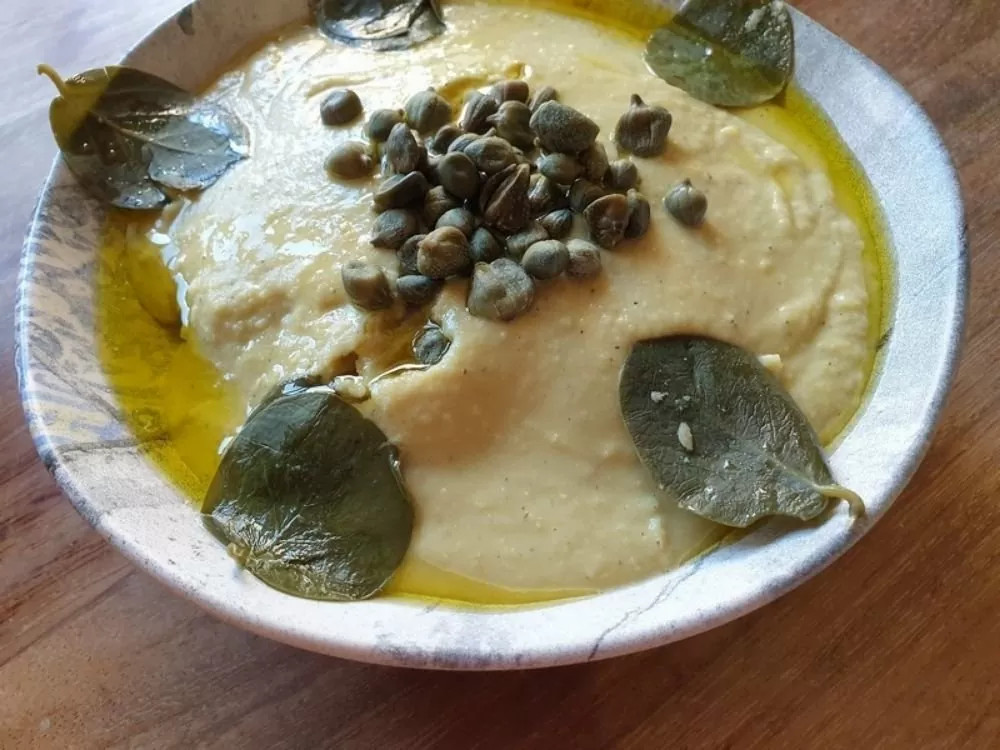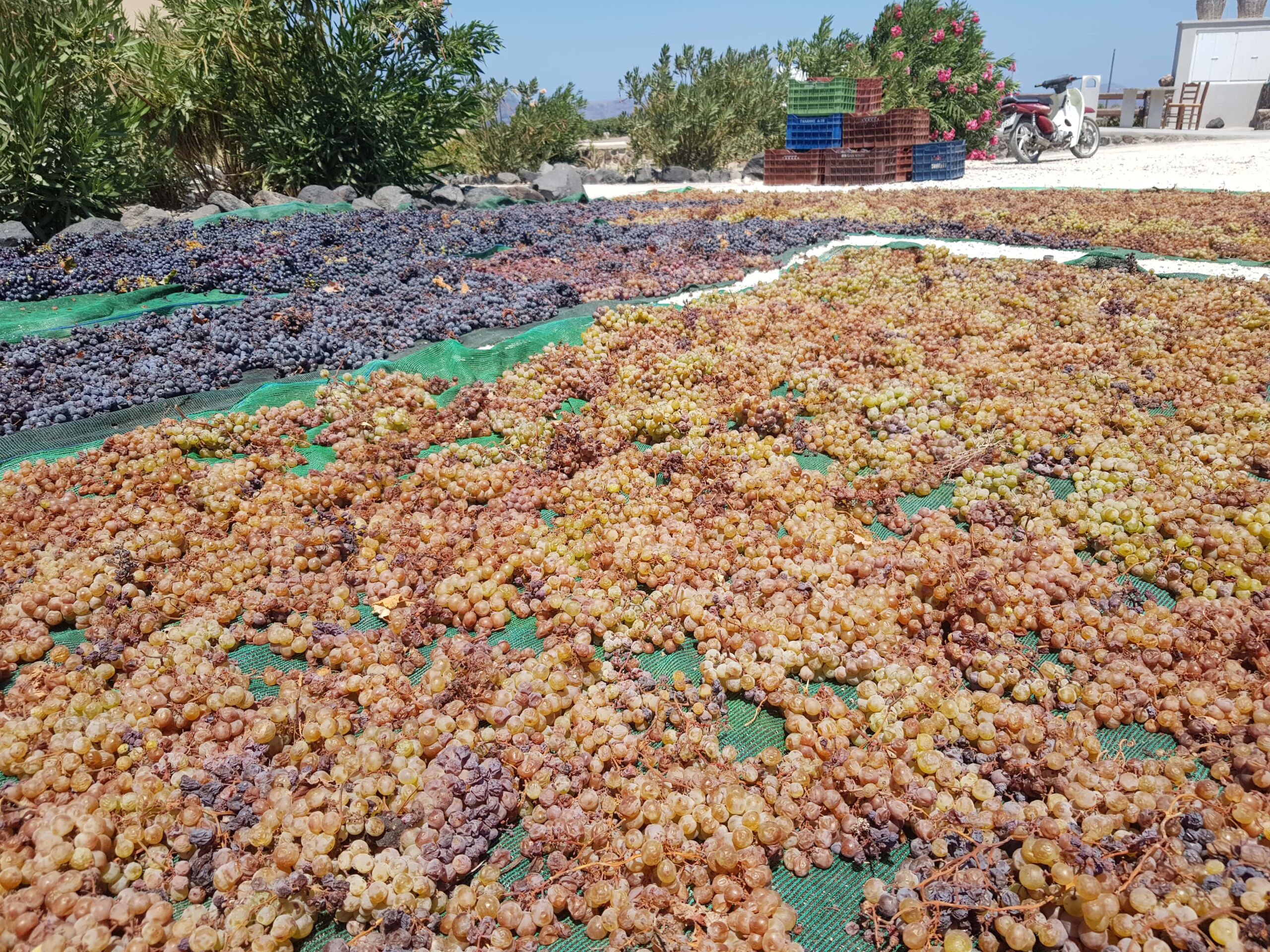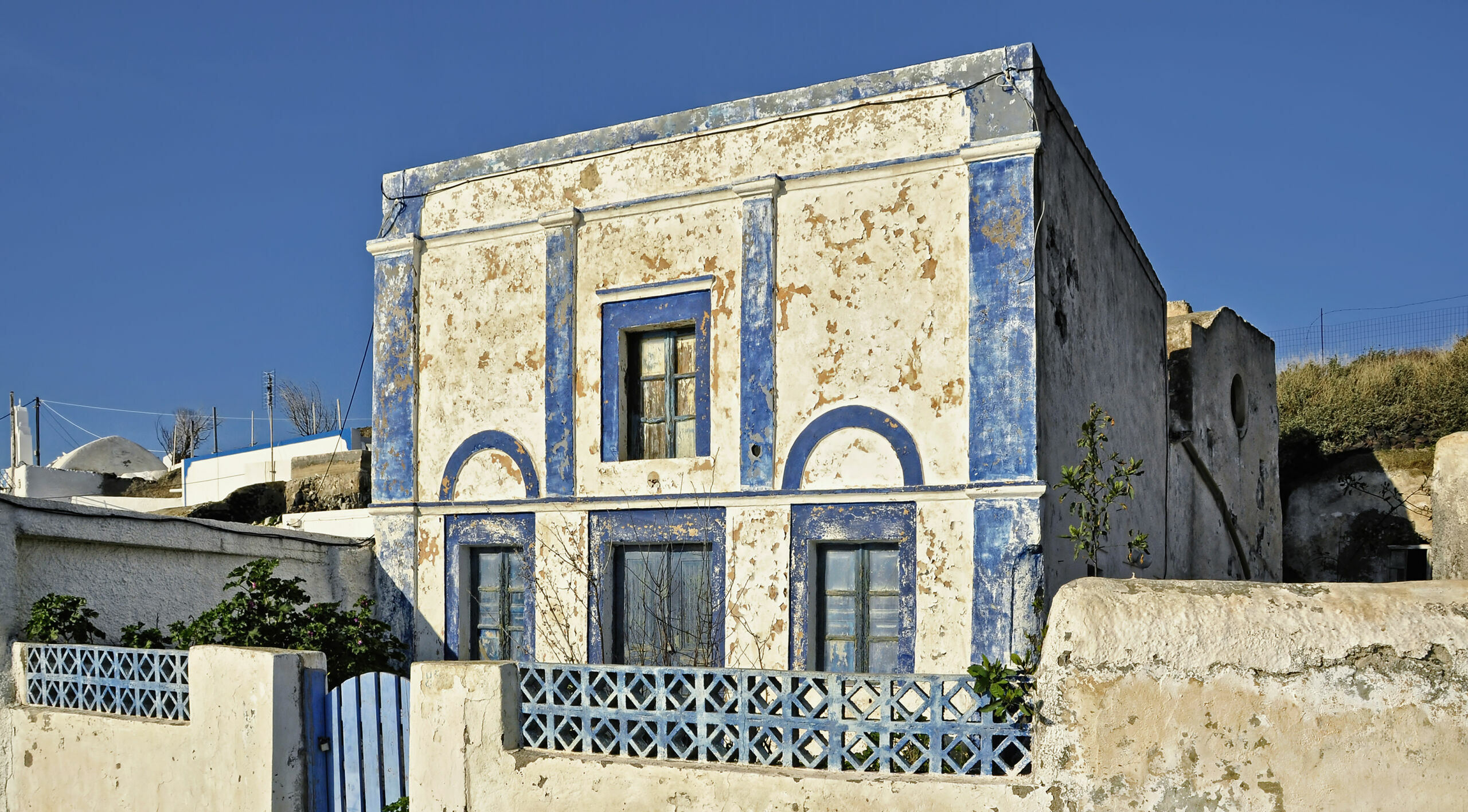You may wonder, “What could possibly grow so well on an exposed volcanic rock?” The Santorini fava beans do.
Well, if you join our authentic Santorini cooking class, you will learn that certain produce grows well ONLY here in Santorini. Why? Because Santorini’s volcanic soil, microclimate, intense sunshine and water scarcity give it a distinct sweet flavor that satisfies everyone’s tastebuds.
Fasten your seat belts as you are about to discover all the information about these unique beans as well as the Santorini fava recipe for preparing a mouthwatering meal for your loved ones.
Santorini Fava Beans
Santorini fava is a product of the yellow split peas grown in Santorini. The minerals in Santorini’s soil are the perfect companion to the crop’s growth, and so is the night fog that rises from the sea and brings much-needed moisture to the plants in the dry, hot summer weather.
The yellow split peas grow on waterless fields, typically in the traditional way with farm animals and a lot of manual labor. The crops are predictably small, but the flavor and the quality are unmatched. Santorini fava is a favorite amongst the Greeks and is shipped nationwide for everyone to delight in.
Split peas, with their velvety texture, can form the basis for many culinary experimentations. However, a side dish called ‘Santorini fava’ tends to be the most popular. At the end of this blog, we will include a simple recipe for you. Santorini fava cooks quickly and evenly and has a distinctive full taste that will become a benchmark by which you will judge other products.
The History of Santorini Fava
Today, about 200 growers cultivate Santorini’s fava fields on the island. They generate a low yield per hectare, plus the labor-intensive method of threshing, processing, and the conservation mentioned above raises its costs. Nevertheless, each year, a good harvest is produced.
There are many imitating products grown elsewhere on the market, so keep note that the Santorini fava of the Union of Santorini Cooperatives is the only type that adheres to guaranteed standards and is recognized by the European Union as a Protected Designation of Origin since 2011. This is important to know if you are purchasing the fava bean from an international location.
To understand this creamy, delicious treat, one must understand its origin. Santorini fava is a flowering plant from the family Lathurus Clymenum, a local variety of yellow pea. Please don’t confuse it with what English speakers know as fava beans. According to archaeological finds from the Bronze Age city of Akrotiri, the Santorini fava plant has grown consistently and exclusively on the island for more than 3,500 years.
Even nowadays, the locals process this unique raw material similar to how it was back in time. They use traditional methods: ground with stone mills, matured in canaves (the island’s typical underground storerooms, cut into the volcanic rock), and dried in the Aegean sun. This procedure results in a highly distinctive flavor.
The creamy hummus of Santorini Fava
Santorini fava is when you cook the split peas into a mash or a puree, which is very similar to hummus in texture. It is a simple, everyday dish but very nourishing and comforting. It can be served as a main course or, more often, as a side dish. The simplicity of cooking the yellow split pea is an embodiment of the island itself and the simple way of living.
All you need to implement the Santorini fava recipe are a few ingredients: dried Santorini fava beans, onions, lots of extra virgin olive oil, and local capers to enjoy this delicious traditional dish straight from this exotic Greek island. It is traditionally eaten warm as an appetizer or as a purée accompanying the main course of meat or fish.
So, when you are visiting the island, make sure to try this delectable treat, as many restaurants and taverns offer it. Always make sure to ask and verify that it was the original Santorini fava before you order, though. Or, if you’d like a traditional taste of the island before you visit, order it online and follow the simple recipe below to try it at your home.
Enjoy! (Απολαμβάνω in Greek, pronounced Apolamváno)
Santorini Fava Recipe
Ingredients
- 2 cups Santorini fava beans
- 6 cups of water
- 1 red onion
- 1 lemon
- 2 tbsp capers and/ or caper leaves
- 100ml extra virgin Greek olive oil
- fresh oregano in a sachet
- salt & pepper
Instructions
- Rinse the yellow split peas with clear water.
- Pour half of the olive oil into a saucepan, add the onion and sautee.
- Add the split peas and water; bring it to a boil. Season with salt and pepper
- Fill the sachet with oregano and pop it in the pot to flavor up the fava.
- Reduce the heat and simmer the Santorini fava on low heat for 45 minutes while continually stirring until thick and mushy.
- Remove the oregano and any remaining water before transferring the fava to a food processor.
- Serve with olive oil and lemon. Garnish with capers and caper leaves
SantoriniExperts Tip : While the Santorini fava boils, some white foam may come to the surface. Discard the foam with a slotted spoon.
FAQs about Santorini Fava Recipe
What is the difference between hummus and fava?
Hummus and fava are both delicious Mediterranean dips, but they have distinct base ingredients. Hummus is made from chickpeas, resulting in a creamy, nutty flavor, while fava is crafted from yellow split peas, offering a smoother, earthy taste. Both are popular, so it’s a matter of personal preference for your palate.
Is Greek fava good for you?
Yes, Greek fava is a nutritious choice. It’s rich in plant-based protein, fiber, vitamins, and minerals. Fava is a healthy addition to your diet, contributing to overall well-being.
Join a live Santorini virtual cooking class to brush up on your cooking skills with the help of a local resident.
Related Articles
Information, news and secret tips about Santorini

